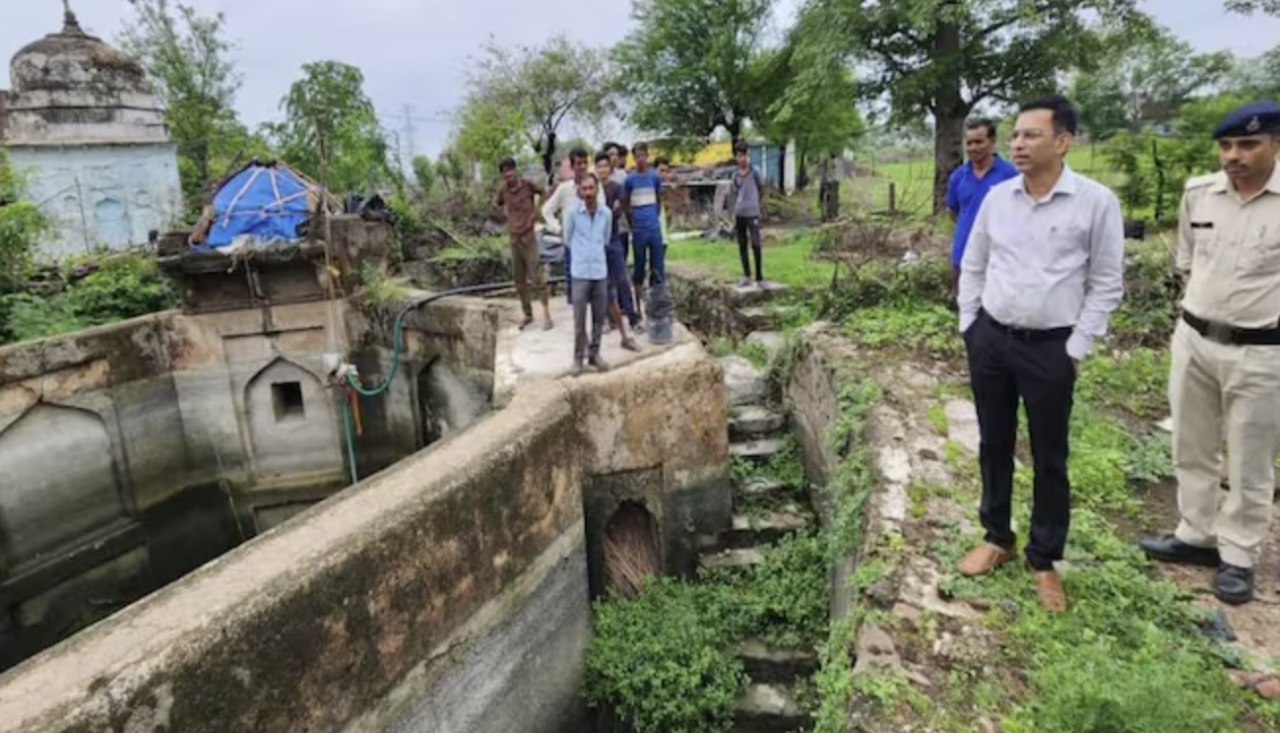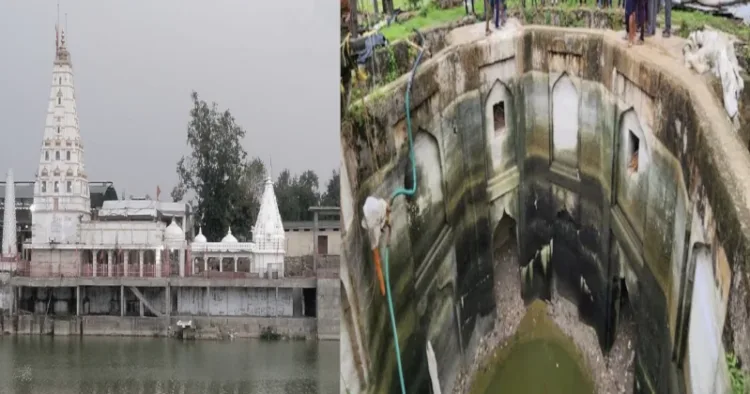A medieval stepwell, situated near the Pashupatinath temple in the Lakharoni village of Patharia block, Madhya Pradesh has recently become a focal point of interest for locals and visitors alike. This 363-year-old architectural marvel stands as a testament to the rich cultural and historical heritage of Madhya Pradesh, the heart of India.
The stepwell, discovered by District Collector Sudhir Kochhar during one of his routine visits to rural areas, has sparked renewed interest in the region’s ancient water conservation techniques. Known for his proactive approach, Kochhar’s efforts to understand and preserve local traditions and infrastructure have brought attention to this overlooked historical site.
Archaeological Officer Dr. Surendra Chaurasia explained that the stepwell exemplifies the ingenuity of medieval water structures. Such stepwells, or ‘baolis,’ were not only practical solutions for water storage but also served as communal gathering spots, reflecting the social and cultural dynamics of their time. The inscriptions found within the stepwell, though not entirely decipherable, provide a glimpse into the era’s historical context.

“This stepwell is a significant piece of our medieval history,” Dr. Chaurasia noted. “It’s a reminder of the advanced engineering and community-centric approach of our ancestors. However, neglect and lack of proper maintenance are threatening these invaluable structures.”
Collector Kochhar, whose dedication to rural development is well-known, has emphasized the importance of preserving such historical sites. His early morning inspections and consistent engagement with local communities highlight his commitment to improving living conditions and protecting cultural heritage.
During his visit to Lakharoni, Kochhar was captivated by the stepwell’s intricate design and historical significance. Recognising the urgent need for conservation, he has initiated steps to ensure the structure’s preservation. Plans are underway to clean and restore the stepwell, making it accessible and informative for educational and tourism purposes.














Comments